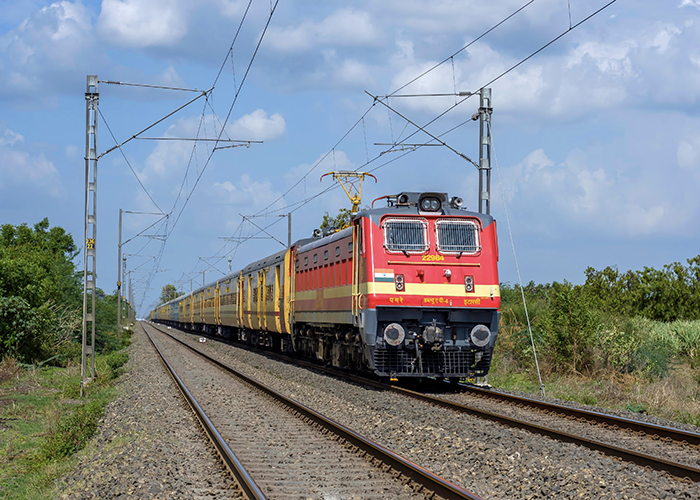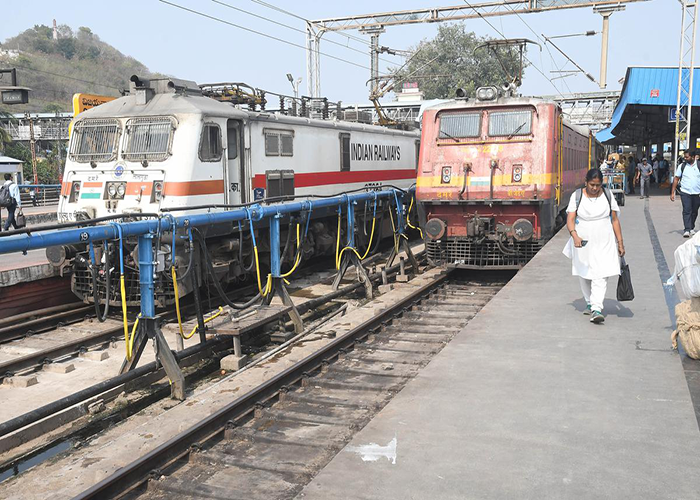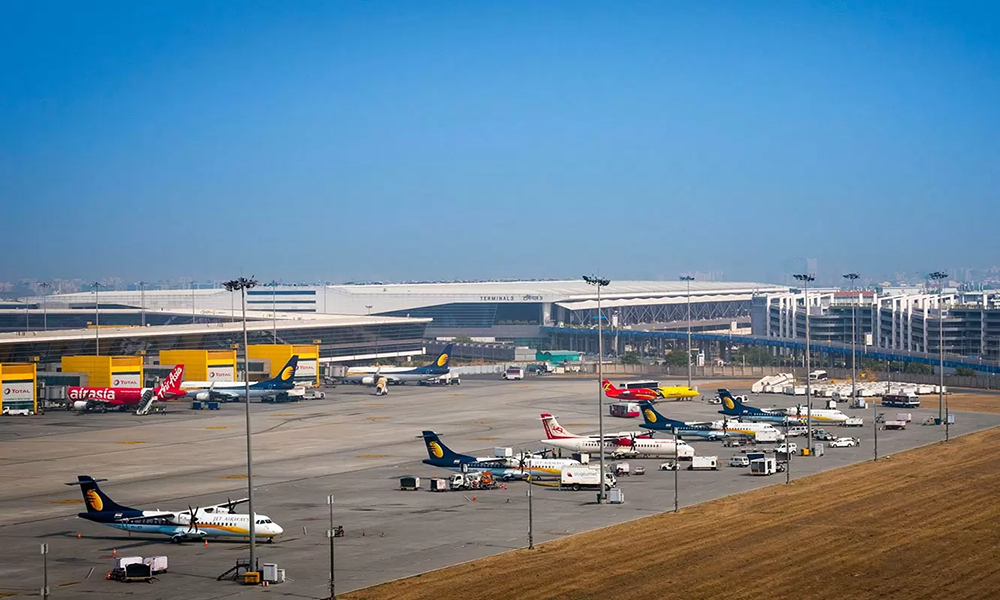Advanced Water and Wastewater Treatment Solutions for Airports and Railways: STP, ETP, RO, WTP, and WWTP Systems

India's transportation infrastructure has expanded significantly, with airports and railway stations seeing major modernization. Maharashtra, housing key facilities like Chhatrapati Shivaji Maharaj International Airport and major railway junctions, plays a pivotal role in this growth. These facilities witness massive daily footfall, demanding robust public utility management.
As operations scale, the demand for reliable water supply and effective wastewater treatment becomes critical. From passenger amenities to maintenance and catering services, water usage is integrated deeply into daily functions. Managing this efficiently ensures both service quality and regulatory compliance.
Drinking, cleaning, catering, sanitation, and cooling systems require large volumes of treated water daily.
Both airports and railways require a significant amount of water for various purposes. These include drinking water for travelers, sanitation facilities, HVAC operations, food courts, and regular cleaning of platforms, terminals, and vehicles.
In addition, workshops and maintenance depots use water for washing engines, carriages, and technical equipment. Treated water must meet health and safety standards to maintain hygiene in high-traffic environments, making treatment systems like WTPs and RO units essential in daily operations.
Washrooms, kitchens, cleaning operations, workshops, and HVAC systems create various wastewater streams.
The significant sources of wastewater in these facilities stem from washrooms, cafeterias, terminal cleaning, and train or aircraft washing stations. Mechanical workshops generate oily wastewater mixed with chemical residues and detergents.
"In transportation hubs like airports and railway stations, water is more than a necessity—it’s part of the passenger experience. Managing water usage and wastewater responsibly reflects operational excellence and environmental commitment. Efficient treatment systems support hygiene, conserve resources, and meet sustainability goals without compromising service standards."
HVAC systems contribute to cooling tower blowdown, while food courts and lounges discharge grease-laden water. Without proper management, this wastewater can pose environmental and health risks, making integrated STPs and ETPs vital components of infrastructure planning.
Sanitary sewage, chemical-laden effluents, and oily wastewater are common discharge types.
Airports and railway stations produce a mix of domestic and industrial wastewater. Sanitary sewage originates from toilets, hand wash areas, and general cleaning. Greywater includes soapy water from wash basins and mopping.
Workshops produce effluents containing oils, grease, solvents, and metals, while food service areas discharge organic-laden wastewater. Cooling towers generate chemically treated blowdown water. Each type of wastewater needs tailored treatment to ensure safe disposal or reuse.
STPs and ETPs with biological, chemical, and mechanical filtration are commonly used.
To handle diverse wastewater, facilities implement specialized STPs for sanitary sewage and ETPs for chemical and oily effluents. Biological treatment methods like MBBR or SBR are used for sewage, followed by filtration and disinfection.
Industrial effluents from depots require oil-water separators, pH correction, and sometimes chemical coagulation. Treated water is reused for toilet flushing, landscape irrigation, or vehicle washing, reducing freshwater demand. Regular monitoring ensures compliance with pollution control norms.
IoT-enabled plants, membrane filtration, and automation improve efficiency and reuse capabilities.
Airports and railways increasingly use advanced technologies like MBR, UF membranes, and ozone or UV disinfection to improve the quality of treated water. Automation with IoT and SCADA systems allows for real-time monitoring and predictive maintenance.
Some facilities integrate rainwater harvesting and reuse treated wastewater in HVAC systems, flushing, and platform cleaning. These smart-systems reduce water costs, improve operational sustainability, and help achieve green certification standards such as IGBC and GRIHA.
Tailored STP, ETP, and WTP solutions designed for high-volume, high-compliance transit facilities
We offer turnkey solutions for water and wastewater management in airport and railway environments. Our services include site surveys, customized STP/ETP/WTP/RO design, installation, automation, and annual maintenance contracts (AMC).
Our modular and compact designs make installation feasible even in space-constrained locations. With our systems, clients can achieve water reuse targets, reduce dependence on municipal supply, and ensure compliance with CPCB or AAI norms. We also provide retrofitting of old plants and upgrade services.
Conclusion: Efficient Water Treatment Ensures Clean and Sustainable Transit Hubs

Conclusion: Efficient Water Treatment Ensures Clean and Sustainable Transit Hubs
Efficient water and wastewater management is essential for airports and railways to handle large-scale public usage while maintaining hygiene and sustainability. With rising expectations from passengers and tightening regulations, integrated STPs, ETPs, and WTPs have become operational necessities.
By adopting advanced technologies and customized solutions, these facilities can not only meet environmental norms but also significantly cut operational costs. Investing in reliable water treatment reflects a forward-thinking infrastructure that prioritizes both user comfort and ecological balance.

